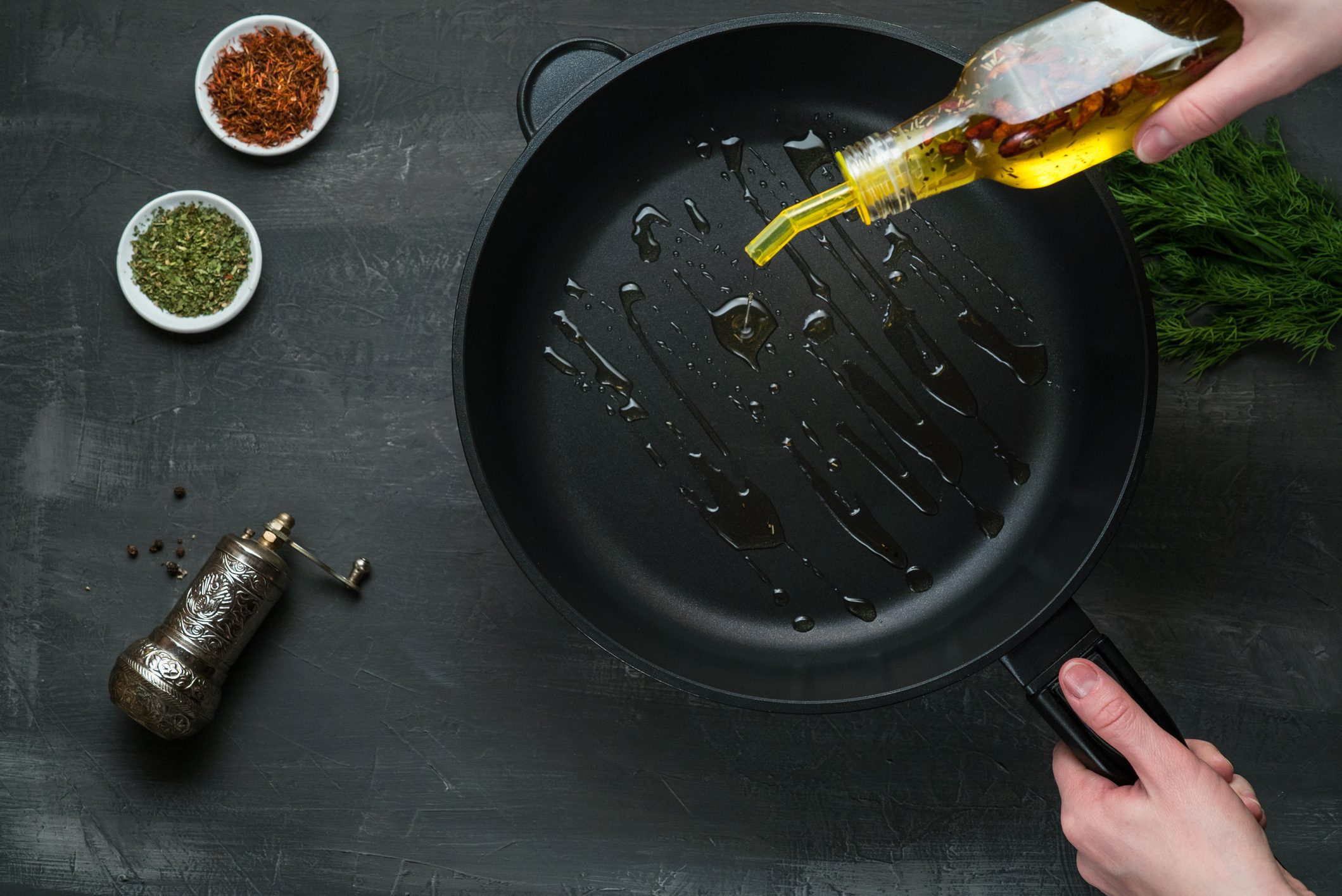Healthy Eating: 3 Crucial Tips To Help You Cook Without Oil
One of the crucial steps to eating healthy is A healthy dish is limiting the use of oils and other common sources of bad fat. This is best achieved by finding substitutes for oil when it comes to preparing recipes that typically require oil like frying. This is a compilation of the best ways to keep your dishes as fat-free as possible.
;)
You may decide to stop frying and instead, choose other cooking methods that require little to no oil like boiling, baking or sautéing. However, this may not always be applicable for recipes that particularly list oil as an ingredient even though they may require one of the above methods.
So, the ultimate trick is to combine the aforementioned cooking methods with fat-free food items that can be used to substitute oil as outlined below:
1. Roasting

When roasting, you don't need to add oil to coat the food items. Although this may mean they'll take longer to cook, they will eventually brown and roast nicely. All you have to do is clean the items and then season with spices, herbs, and either a little vegetable stock or a light water-soy sauce mixture.
2. Baking

Fruit purée is the best substitute for oil, butter or shortening in your baked products. Not only is it healthy, it adds a special flavor to the recipe. An important top is to make your own unique mix including fresh fruits and occasionally, nut flour or nut butters. This way, you can be assured of the quality of the mix.
3. Sautéing and Stir-frying

If you didn't already know, yes, you can stir-fry or saute foods without butter or oil. All you have to do is use small amounts of water or broth, adding just a small amount (1 to 2 tablespoons) while tossing the items periodically. You can do this as many times as needed to cook and brown the food.
4. Deep Frying Alternative

If you love deep-fried foods then you'll love the baking option, which allows your foods to brown without the addition of any fat. Although it may not taste exactly like deep-fried food, you'll find that the non-greasy texture is also just as enjoyable and satisfying. Don't forget to use parchment-lined baking sheets to prevent the foods from sticking to the baking pan and yet achieve a crispy outer crust.
PRO TIP: Try experimenting with oil-free condiments too! This is especially peculiar to preparing sauces and dressings which typically require fat and heavy cream.
Recommendations:
For sauces: Try making a purée of beans, lentils, or vegetables like cauliflower, carrots, or potatoes, along with nut or soy milk, nutritional yeast, miso, and/or nut butter.
For salad dressings: mix or blend some vinegar, spices, and herbs with fruit juice and a bit of pulp (for sweet dressings), or with nut or seed butter (to add a little creaminess to savory dressings).
Goodluck in your healthy eating journey!
;Resize,width=767;)
;Resize,width=712;)
;Resize,width=712;)
;Resize,width=712;)
